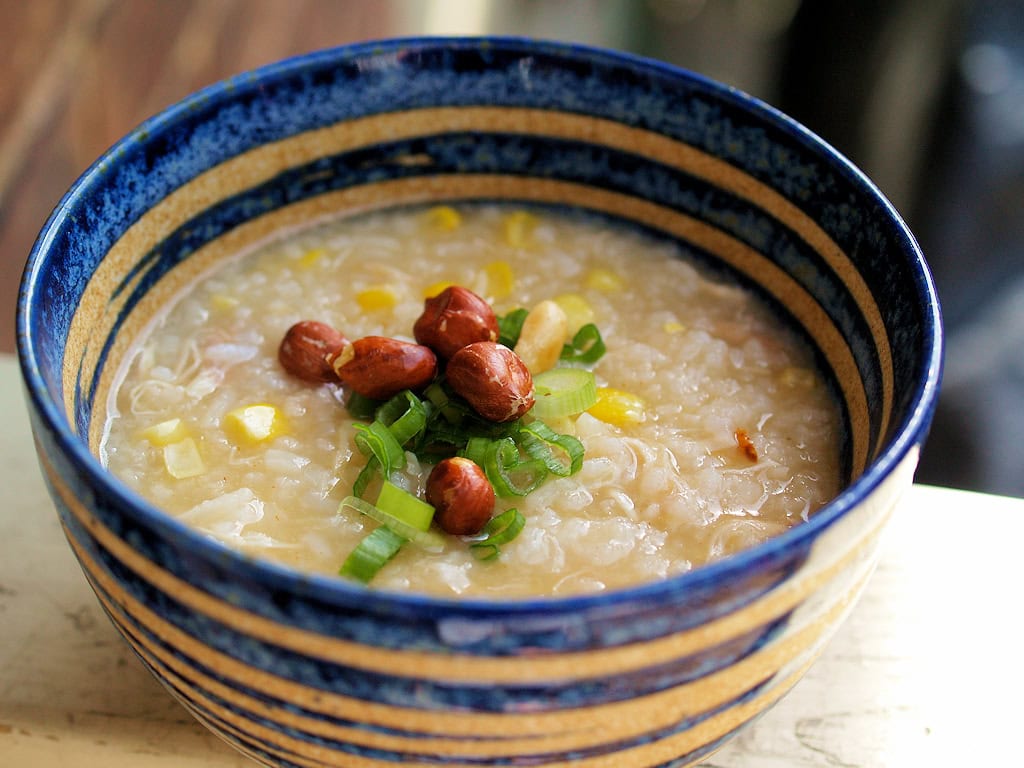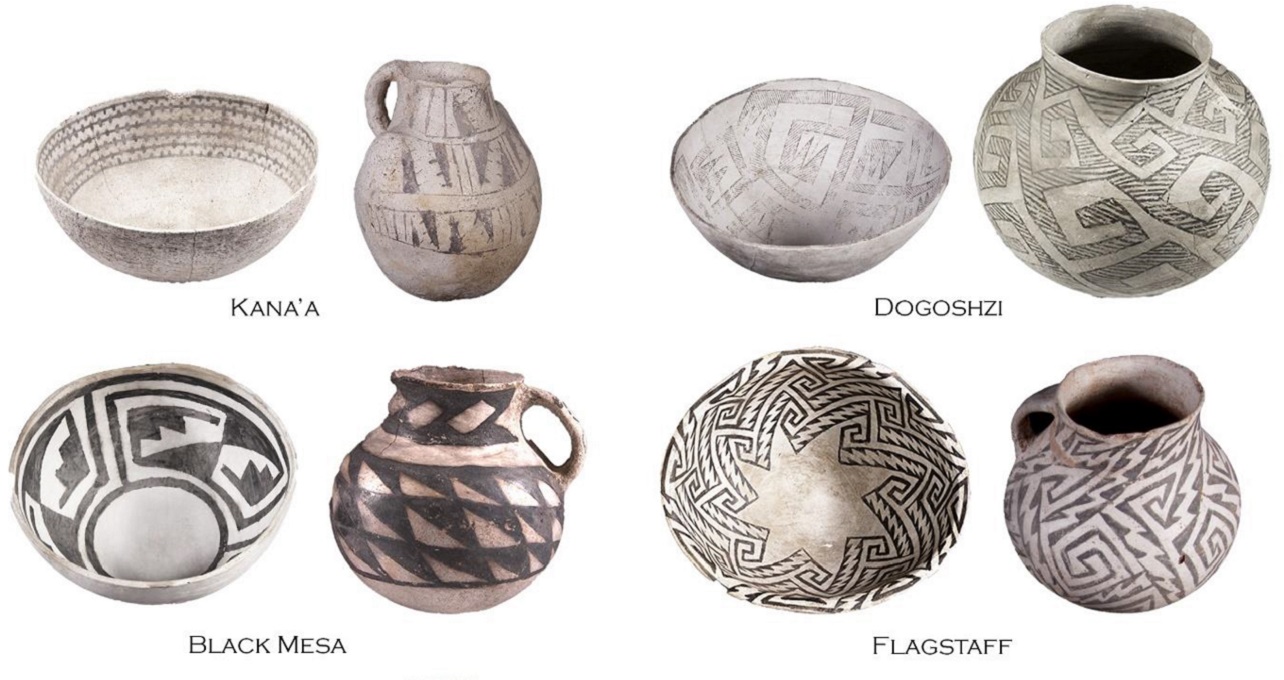
Bridging Cultures, Nourishing Souls
Imagine this: a masterpiece crafted by Chinese American chefs, blending traditional Chinese culinary ingredients like cornmeal, carrots, garlic, and water, beautifully adorned with crunchy bacon, vibrant scallions, and creamy cheddar cheese. The enticing aroma of sizzling bacon reaches far and wide, captivating everyone from Chinese gourmets to local chefs in the United States. Scallions add an appealing green color and delicate flavor to the food. Cheddar cheese, a favorite among Chinese Americans, finishes the dish. This is a bowl of congee, in which Chinese American cooks ingeniously have blended tradition with modern creativity throughout history. Their twists pay homage to their heritage while embracing new influences and expanding taste boundaries. It is a true fusion of flavors, reflecting the evolving Chinese American culinary experience.
The introduction of American corn to China in the 18th century via Spanish trade routes initiated sweeping changes across both Chinese agriculture and food culture. As hardy, high-yield corn crops rapidly spread through China’s interior, large influxes of farmers settled traditionally uncultivated areas like Sichuan, the Yangtze basin, and the Han River region for the first time. While these emerging agricultural frontiers had been ancestral homelands of the Indigenous Hmong, large-scale displacement by immigrant farmers caused military confrontation and eventual Hmong retreat to more remote mountain refuges. At the same time, acceptance of corn transformed cuisines across socioeconomic levels through fusion with incoming American crops like tomatoes, potatoes, and chili peppers. Daily staples evolved through corn-based noodles, buns, and congee, making the nutritious new crop accessible nationwide. So, while expanding corn propagation pushed out marginalized communities, it also became a medium of cross-cultural exchange as American foods stimulated new directions in Chinese cuisine, shaping food cultures in rapidly growing immigrant towns. The hardy, forgiving crop thus nourished both agricultural settlement and culinary fusion.

/https://public-media.si-cdn.com/filer/a3/17/a31738aa-3394-4f35-b77c-cf537f6fb17c/gettyimages-579860044_web.jpg)


.jpg)















